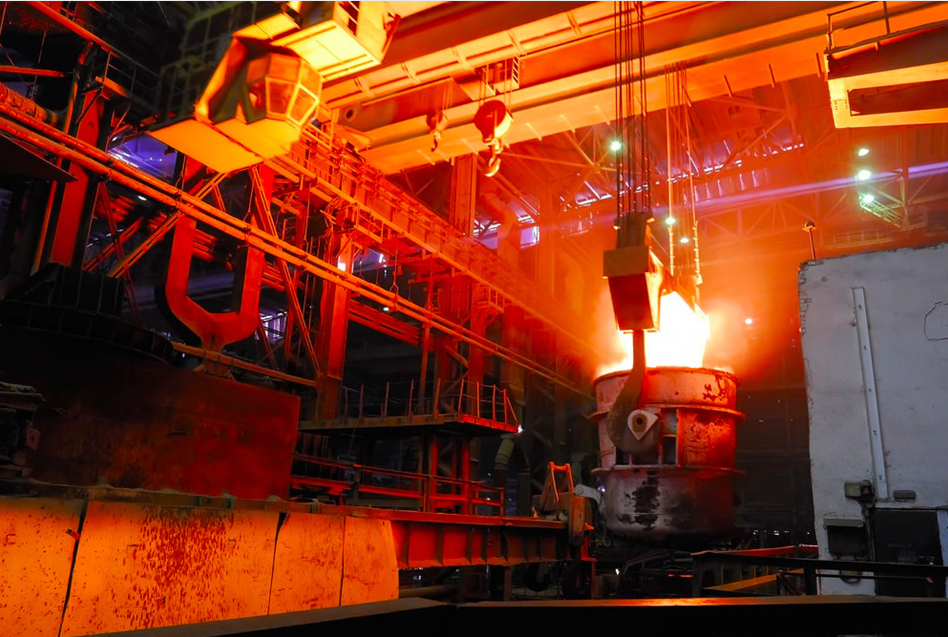Innovation is the lifeblood of progress and success in today’s fast-paced world. As businesses strive to stay ahead of the competition, they must constantly seek new ideas and solutions to meet the ever-evolving needs of their customers. One powerful tool that can help drive innovation is prototyping – the process of creating tangible concepts to test and refine ideas.
Prototyping goes beyond mere brainstorming or conceptualization. It transforms abstract ideas into something tangible, enabling designers, engineers, and entrepreneurs to gain valuable insights and feedback early on in the development process. By creating prototypes, innovators can explore different possibilities, identify potential challenges, and discover new opportunities for improvement.
The first step in the art of prototyping is to define the problem or opportunity that needs to be addressed. This could be anything from enhancing an existing product to inventing a completely new solution. By clearly defining the problem, innovators can focus their efforts on creating prototypes that directly address the root cause or opportunity.
Once the problem is defined, it is essential to gather relevant information and conduct research. This could involve studying similar products or solutions in the market, conducting user surveys, or analyzing industry trends. The goal is to gain a deep understanding of the problem and its context to inform the prototyping process effectively.
With a solid understanding of the problem, innovators can begin generating ideas and concepts. This is the creative phase where innovative thinking and divergent thought processes are encouraged. The goal is to generate a wide range of ideas without judgment or evaluation at this stage. Every idea, no matter how wild or unconventional, has the potential to spark valuable insights and breakthroughs.
Once a pool of ideas has been generated, it is time to start transforming them into tangible concepts. This is where the art of prototyping truly comes to life. Prototypes can take many forms, from simple sketches and drawings to 3D models and functional prototypes. The choice of prototyping method depends on the specific needs and objectives of the project.
Creating prototypes allows innovators to test and validate their ideas in a real-world context. They can gather feedback from potential users, stakeholders, or experts and refine their concepts based on the insights gained. This iterative process enables continuous improvement and ensures that the final solution meets the desired objectives effectively.
Prototyping is not just limited to physical products. It can also be applied to services, experiences, or even business models. For example, service designers often use prototyping techniques to create mock-ups of customer journeys or user interfaces. By experiencing the service through a prototype, designers can identify pain points, eliminate bottlenecks, and optimize the overall user experience.

In addition to driving innovation and improving user experiences, prototyping also has numerous other benefits. It helps reduce the risk and cost associated with developing new products or solutions. By testing ideas early on, innovators can identify potential flaws or shortcomings and address them before investing significant resources. Prototyping also enables effective communication and collaboration among multidisciplinary teams, fostering a culture of innovation and creativity.
The art of prototyping is a powerful tool for unleashing innovation and driving progress. By transforming abstract ideas into tangible concepts, innovators can gain valuable insights, test and refine their ideas, and ultimately create better solutions. Whether it is a physical product, a service, or a business model, prototyping enables continuous improvement and ensures that the final solution meets the needs of its users effectively. So, embrace the art of prototyping, and unlock the potential for innovation in your endeavors.
-

- Magnesium alloy bike parts & componenets for kid’s push bike
-

- فرامل معدنية مسبوكة من سبائك المنغسيوم
-

- تم إنتاج الأجزاء المعدنية المصنوعة حسب الطلب من لوحة ماك بوك الوسطى
-

- عالية الدقة مكونات thixomolding المغنيسيوم غطاء الطائرات بدون طيار
-

- دراجة رياضية للأطفال ذات جودة عالية
-

- Magnesium alloy rigid fork for bicycle -customized die casting metal parts

 0086-750-5616188
0086-750-5616188 +86 13392089688
+86 13392089688 sales@zhongmei-tech.com
sales@zhongmei-tech.com







